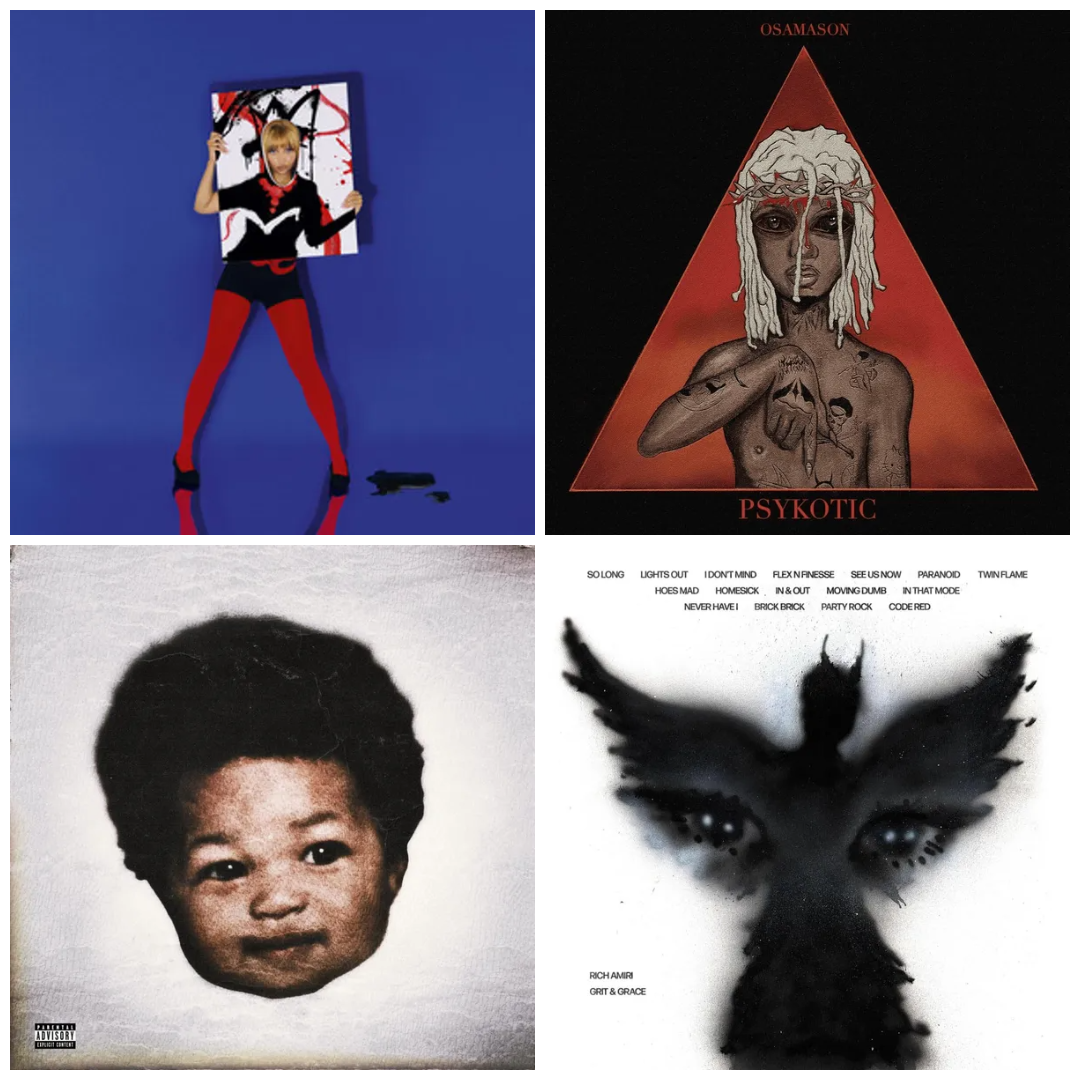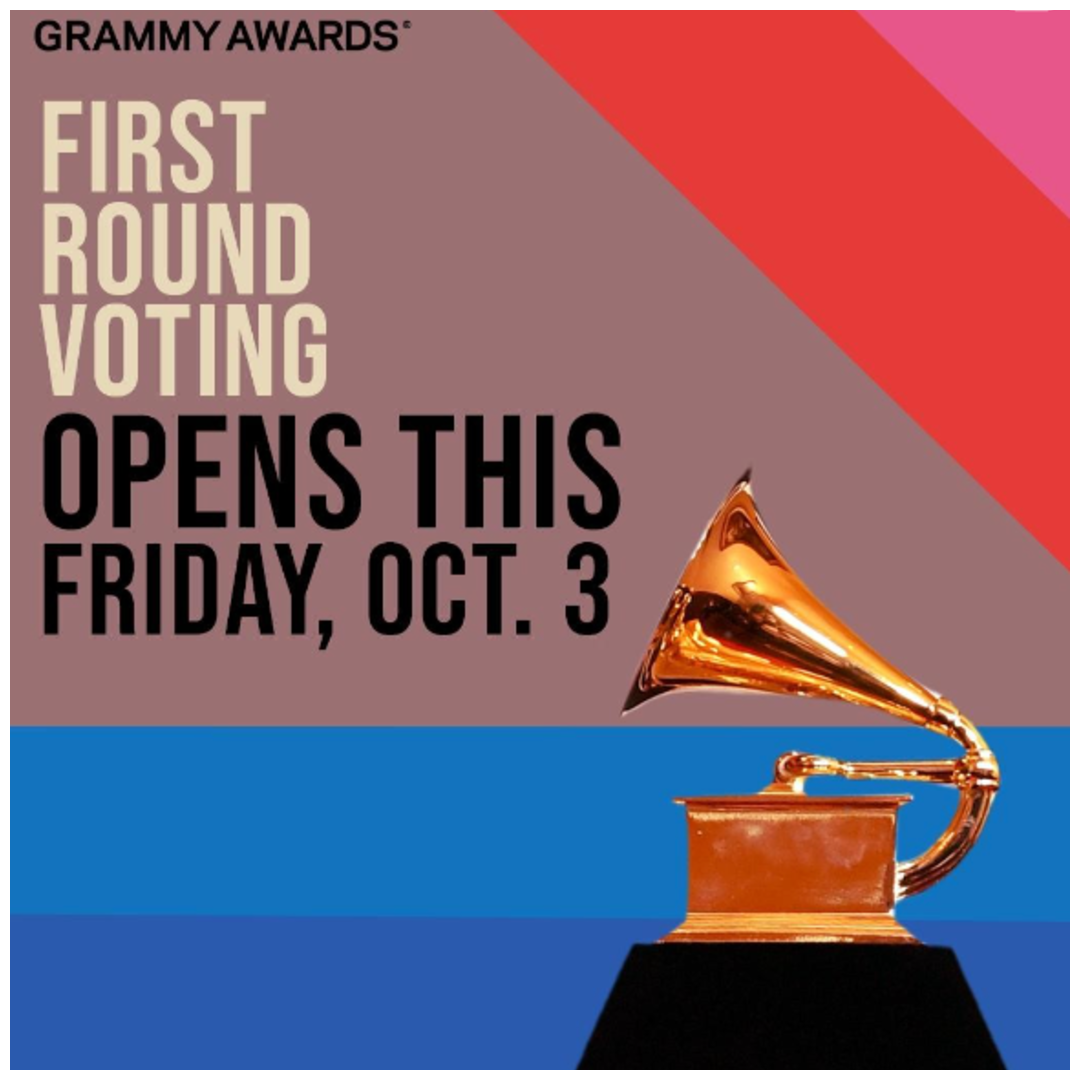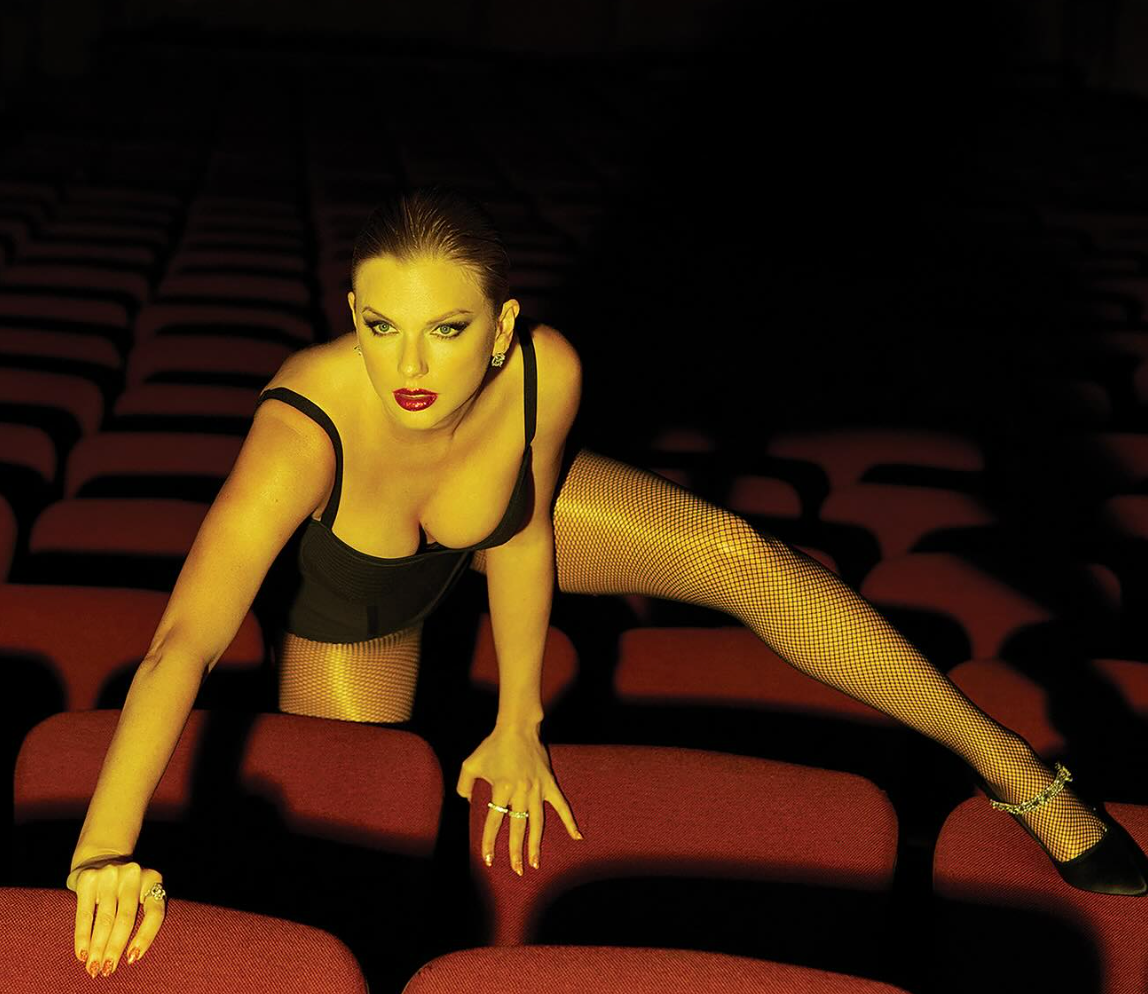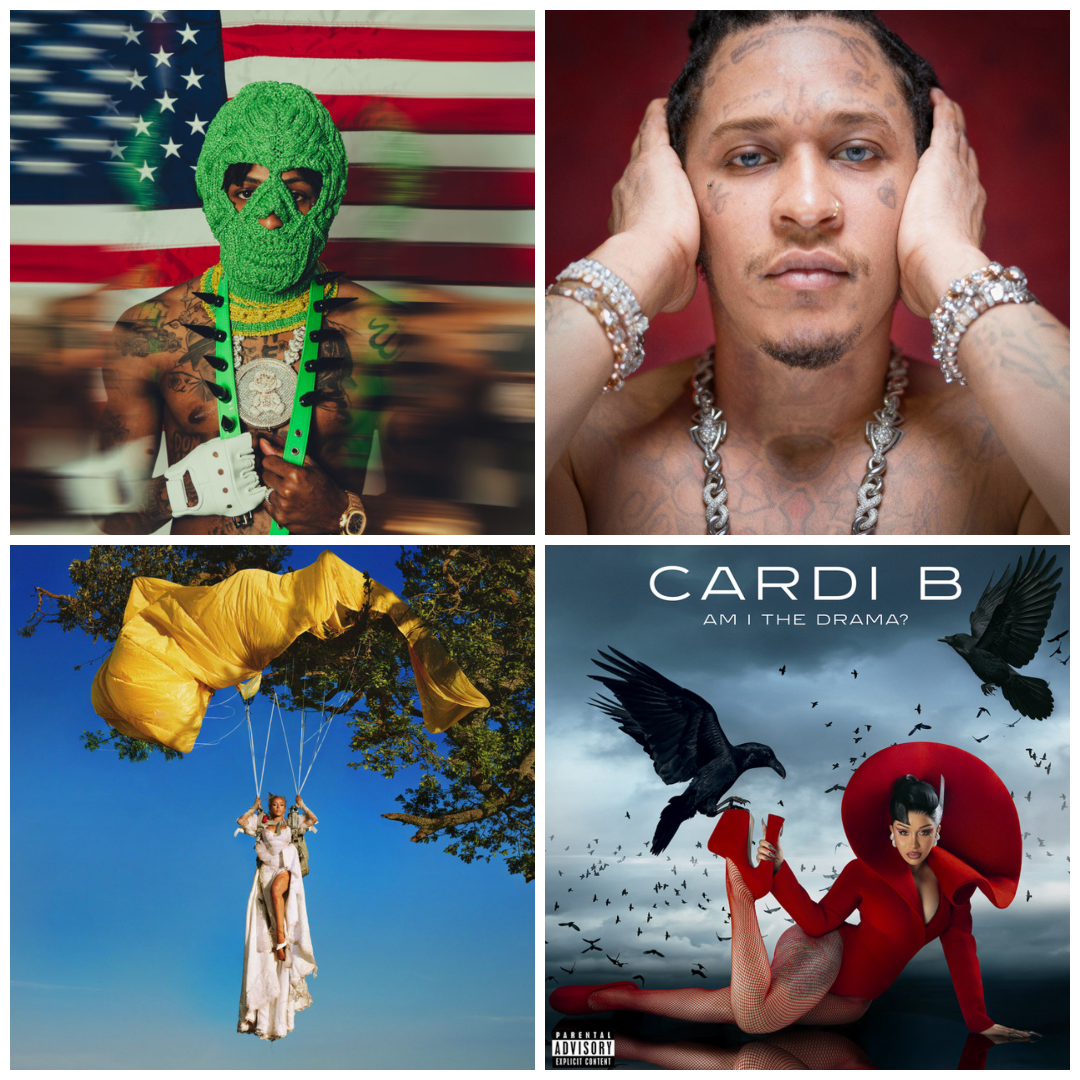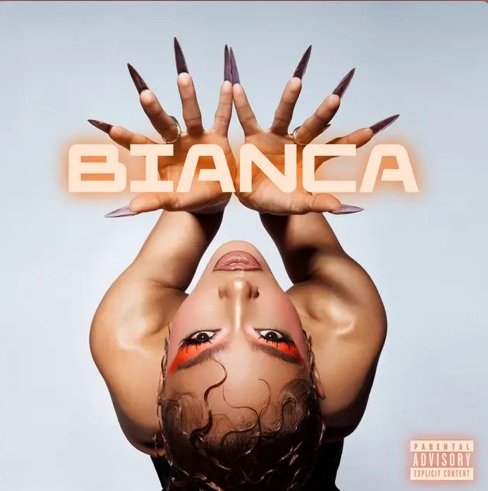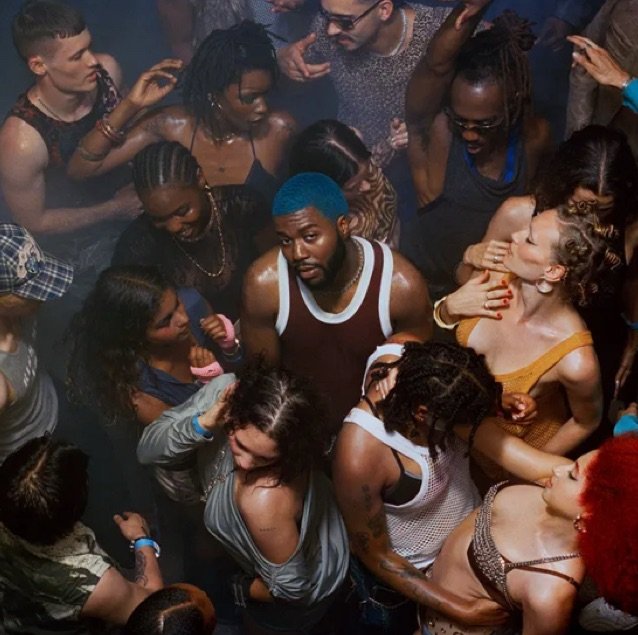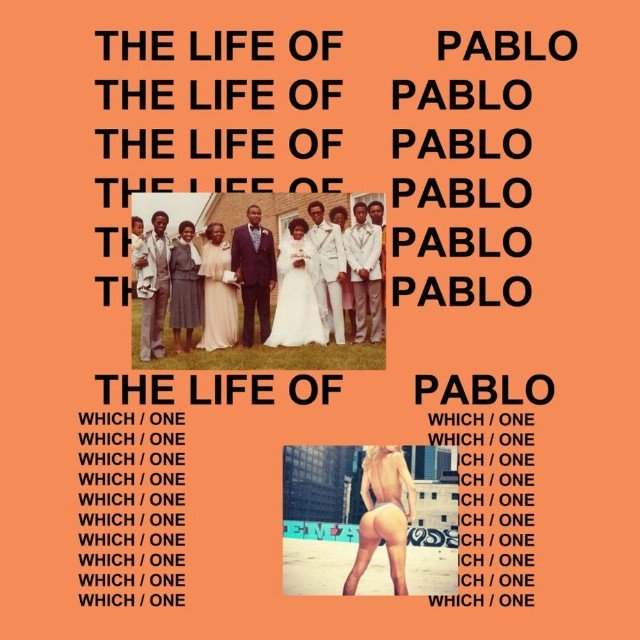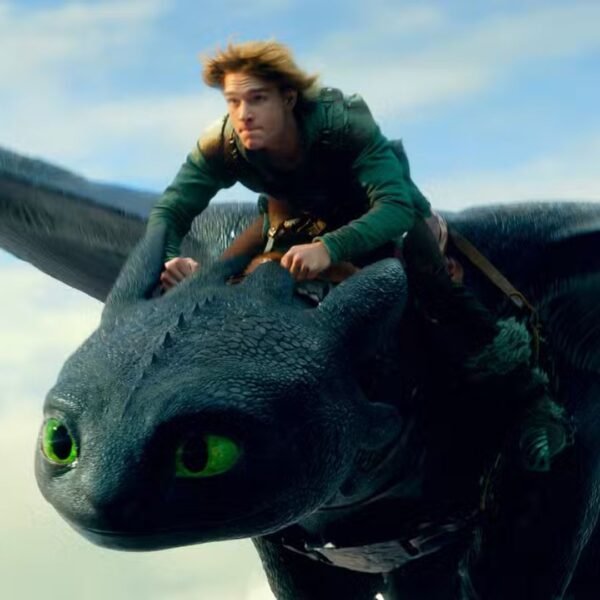
Animation is not a test run for a live-action adaptation. In a just world, that’s not something that should need to be said outright, as it is a given. Animation is a medium all its own, no less or more than live-action filmmaking—merely different. To compare the art of writing a novel, painting a picture, sculpting a sculpture, or cooking a meal to one another would be absurd; each has its own unique strengths and weaknesses, none of which is benefited by any such dogmatic or rudimentary ways of thinking. But alas, in the modern film industry—where multiple live-action adaptations of quintessential animated films have already been released this year alone—it’s something that must be reiterated.
The new live-action How to Train Your Dragon film is sadly yet another adaptation that fails to understand this, instead simply treating its animated source material as essentially a demo reel that has been waiting fifteen years to be converted into full live-action. The resulting film is decidedly lackluster and deflating as a viewing experience in its own right.
The story of the original animated How to Train Your Dragon is fantastic. The Chris Sanders and Dean DeBlois co-directed film sees the duo bringing the same kind of narrative efficiency and emotional clarity that their prior collaboration, Lilo & Stitch, wrought a few years earlier. Crucially, that film was itself an adaptation of the beloved book series by Cressida Cowell, and took extreme creative liberties when it came to adapting the story from one medium to the next. However, conversely, the live-action adaptation treats the original animated film like such a holy text that it seems fearful to make any substantial changes whatsoever. On the one hand, seeing as director Dean DeBlois returns for this version of the film as well, that’s not all that surprising. But what is surprising is that the minute changes which are made serve to actively dilute the power and impact of the story.
The resulting film suffers both when it hews too closely to its animated counterpart and when it (very rarely and very granularly) diverges from it.
I admire DeBlois’ convictions, as he builds a visual language that is full of fluid, Spielbergian sustained shots that feature actors interacting with the set and digital effects. Aiding in this effort is cinematographer Bill Pope, who is a living legend with his work on films like The Matrix. However, as a whole, between the actual digital effects work and the blending of the practical in-camera stuff with it, it’s a decidedly less colorful, less interesting, and less dynamic film.
This is true on both the macro and micro levels of the movie. On a large scale, something like the flying set pieces (still set to John Powell’s incredible musical score) is far less exhilarating, experiential, or immersive than they were in their original incarnation. There, everything was animated, so there was a degree of verisimilitude to the proceedings, but you were well bought in by the time the flying sequences came around, so they hit that much harder. Here, the transitions into the flying scenes—where it so distinctly looks like they put Mason Thames’ Hiccup on an all-green-screened set and aimed a wind machine at him—are jarring, and the whole thing feels that much more severed from the actual emotion of the scene. On a smaller level, the interpersonal relationships and character beats often ring hollow.
Also, on a strange note, there are several scenes across the film (especially ones that are big on spectacle and effects) which feel as if they are missing reaction shots in the editing. In animation, more expressiveness and reaction can be mined out of a character’s physicality because they are, well, more animated. But in live-action, audiences need to see a character’s face react to things in order to really register it on an emotional level. To return to Spielberg, he uses this methodology in his filmmaking so often that reaction shots filled with awe are often simply referred to as “Spielberg shots.” Sadly, many of How to Train Your Dragon’s biggest sequences feel disconnected from the emotionality of its characters, and this is a huge contributing factor to it.
The performances are, by and large, quite good. The cast feels in tune with the kind of film DeBlois is setting out to make (I mean, yeah, he already made it once fifteen years ago, so you’d hope). Nonetheless, this ability to get everybody on the same frequency is admirable, even if the overall tone doesn’t quite gel. Many of the performances feel specifically curated to evoke the animated performances from the original film, with many bits of physical performance and line deliveries seemingly going out of their way to not differentiate themselves from the predecessors. However, as noted earlier, keeping things this close to the original fails to take into account the differences in the mediums. To this end, several jokes which land in the original film tend to fall decidedly flat here. Furthermore, emotive beats and culminations that feel earned in the original (such as the relationship between Stoick and Gobber by the third act) feel much less effective here.
RGM GRADE
(C-)
Overall, How to Train Your Dragon is a fascinating film that will be ripe for studying in comparison to its original in the years to come, in the same way that Gus Van Sant’s shot-for-shot Psycho remake is fascinating. But I’m not running to rewatch Gus Van Sant’s Psycho, am I? I’m going to watch the original, and the same could very much be said here. This new version is a less satisfying viewing experience in every way, that is destined to be remembered as most live-action adaptations of animated classics are, an afterthought in the larger legacy of a great animated film.
Discover more from RATINGS GAME MUSIC
Subscribe to get the latest posts sent to your email.


